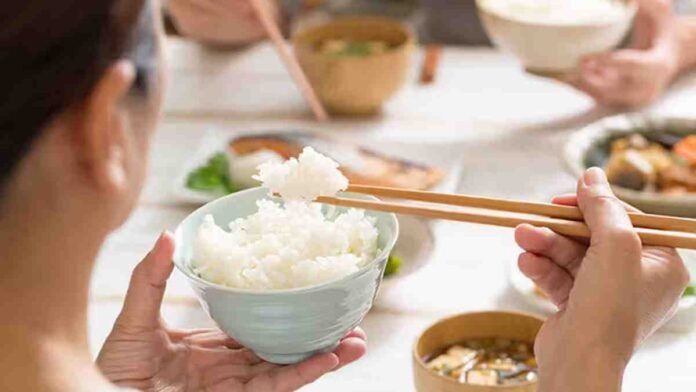Rice is a mainstay in many meals around the world, particularly in Asian and Indian homes. However, you’ve undoubtedly heard the adage “Avoid rice—it makes you fat!” if you’re attempting to control your weight or level of fitness. Is that true, though? Let’s dispel some myths and examine the truth.
Is Rice Fattening?
The answer isn’t as simple as a yes or no. Rice itself is not inherently fattening. What matters is the portion size, type of rice, and how it’s prepared and consumed.
White rice has been stripped of its fiber and minerals, making it a refined carbohydrate. Rising blood sugar levels can make you feel hungrier and encourage overeating. Yes, it can eventually lead to weight gain if consumed in excess and combined with fried or high-fat foods, such as curries.
What About Brown Rice?
A healthier substitute is brown rice. It keeps its vitamins, minerals, and fiber. It helps control blood sugar, slows down digestion, and prolongs feelings of fullness. Making the switch to brown rice and controlling portion sizes will help if you’re trying to lose weight.
Innovative Ways to Eat Rice Without Gaining Weight
- Control Portions – Stick to ½ to 1 cup cooked rice per meal.
- Pair with Protein & Veggies – Combine rice with dal, grilled chicken, tofu, or leafy greens.
- Avoid Fried Rice – Opt for steamed or boiled versions instead.
- Eat During the Day – Metabolism is higher earlier in the day, so avoid rice at dinner if you’re sedentary.
- Switch to Brown or Red Rice – They offer more fiber and nutrition.
You don’t get fat by eating rice. Weight gain is caused by the way it is consumed—excessively, in combination with fatty foods, and out of balance. Rice can be easily incorporated into a healthy diet when consumed in moderation and with awareness.




